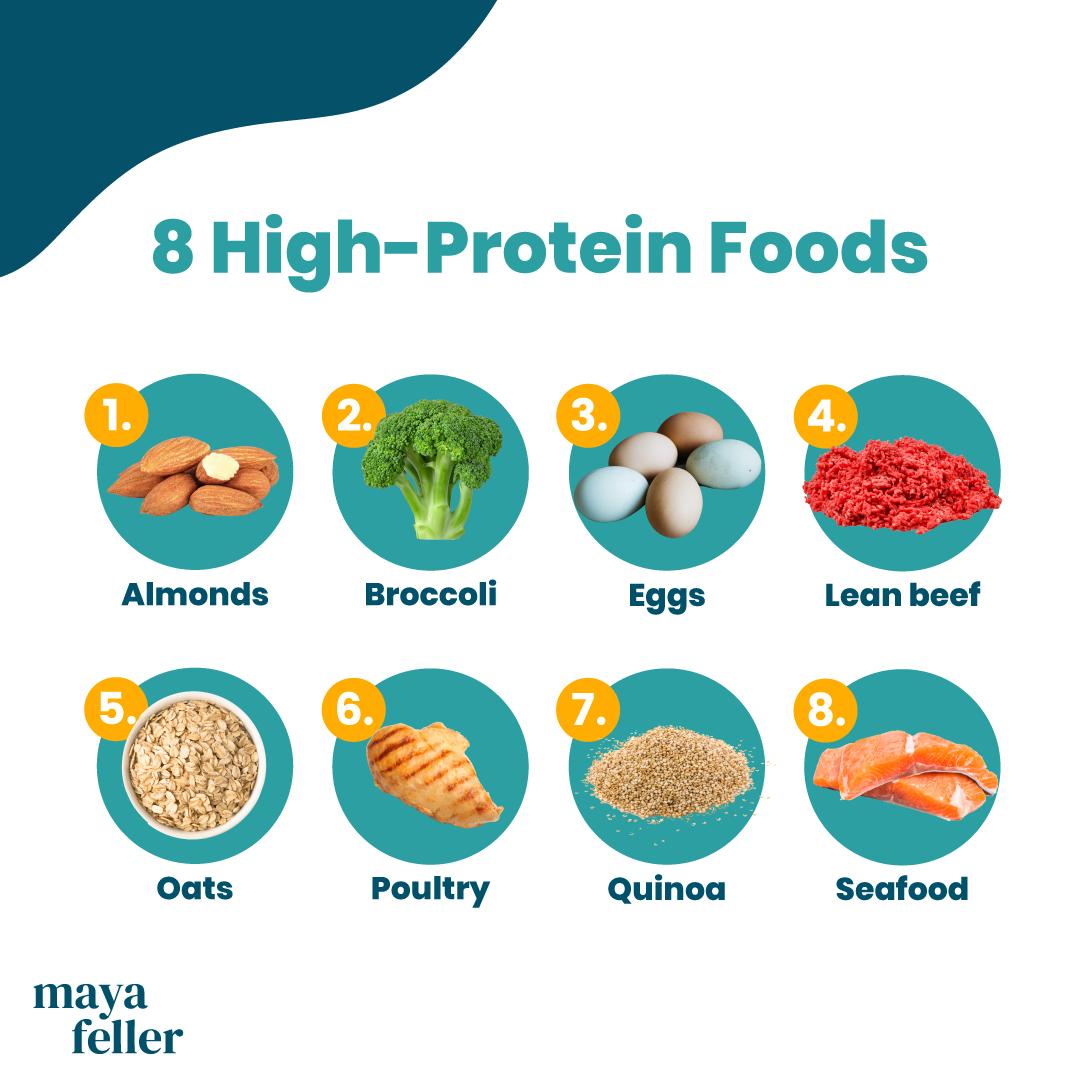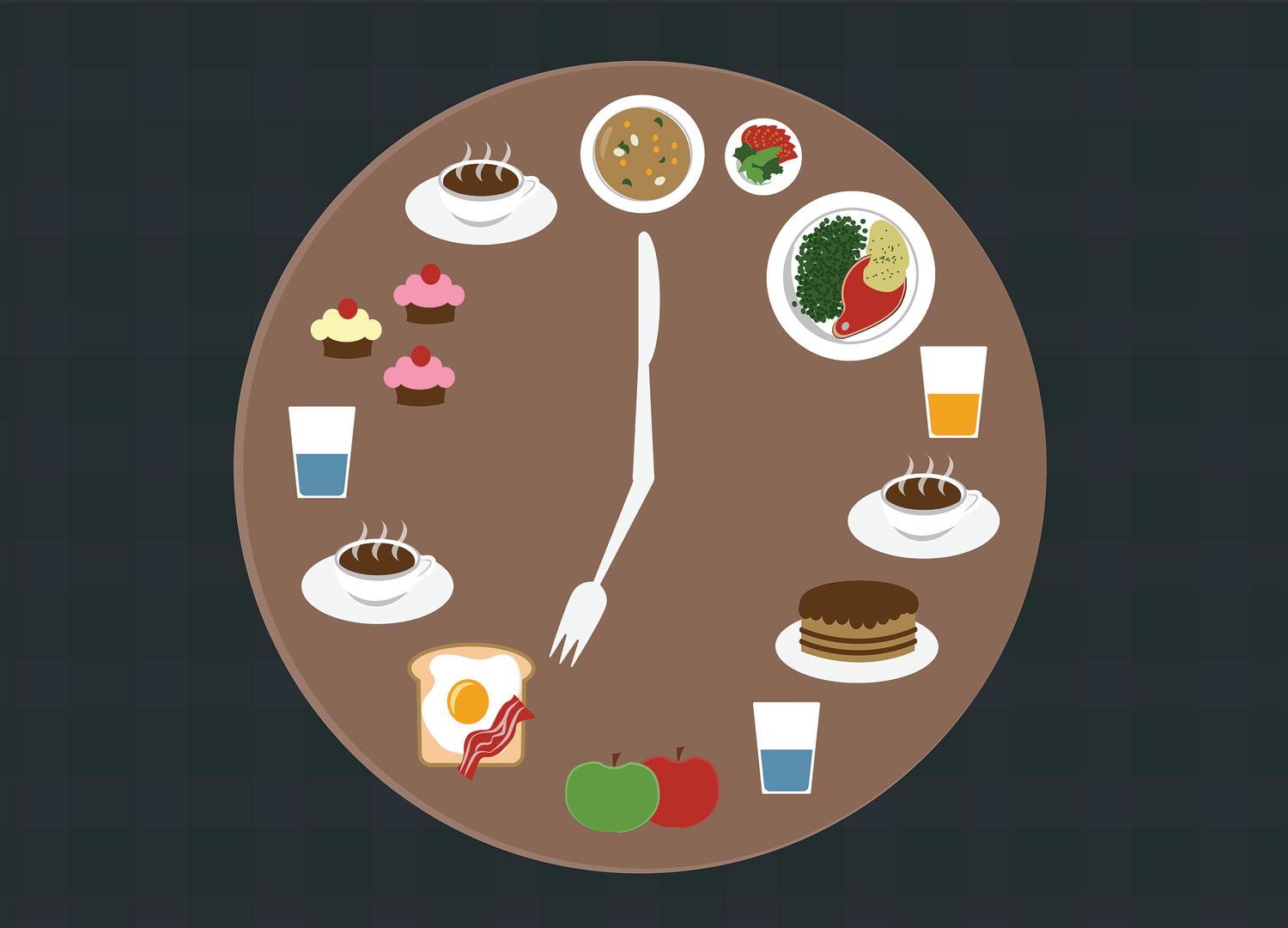In the modern world, where food is abundant and readily accessible, managing hunger without succumbing to overeating has become a common challenge. Many of us find ourselves caught in a cycle of reaching for snacks and extra servings, often driven by stress, boredom, or habit rather than genuine hunger. However, mastering the art of controlling hunger is not only possible but also empowering, leading to improved health, better energy levels, and a greater sense of well-being. This article will guide you through the best strategies to effectively manage your appetite, enabling you to nourish your body with intention and mindfulness. From understanding the science behind hunger signals to implementing practical dietary adjustments, we will equip you with the tools needed to take control of your eating habits confidently and sustainably.
Master Mindful Eating Techniques to Satisfy Hunger
Unlock the secrets to nourishing your body without overindulgence by honing mindful eating practices. Begin by truly listening to your body’s hunger cues. Before reaching for a meal, take a moment to assess whether your hunger is physical or emotional. This simple act of introspection can drastically reduce unnecessary calorie intake. Embrace the art of slowing down during meals. Chew each bite thoroughly and savor the flavors, allowing your brain the necessary time to register fullness, which can prevent overeating.
- Practice gratitude: Reflect on the journey your food has taken to reach your plate.
- Create a serene eating environment: Minimize distractions to focus entirely on the dining experience.
- Portion control: Serve meals on smaller plates to naturally limit the amount of food consumed.
- Hydration check: Often, thirst is mistaken for hunger. Ensure you’re drinking enough water throughout the day.
By incorporating these mindful techniques, you can transform your eating habits, leading to a more balanced and health-conscious lifestyle.

Incorporate High-Protein Foods to Stay Fuller Longer
One effective approach to managing hunger is by integrating foods rich in protein into your daily meals. Protein not only supports muscle repair and growth but also plays a crucial role in promoting satiety, which helps in curbing the urge to snack unnecessarily. Consider adding the following high-protein foods to your diet:
- Lean Meats: Options like chicken breast, turkey, and lean cuts of beef are excellent sources of protein and can be easily incorporated into various dishes.
- Fish: Salmon, tuna, and other fatty fish not only provide protein but also essential omega-3 fatty acids, which are beneficial for heart health.
- Eggs: Versatile and easy to prepare, eggs can be enjoyed in numerous ways and are a complete source of protein.
- Dairy Products: Greek yogurt, cottage cheese, and milk offer high protein content while also supplying calcium and other vital nutrients.
- Legumes and Beans: Lentils, chickpeas, and black beans are plant-based protein sources that can be used in salads, soups, and stews.
- Nuts and Seeds: Almonds, chia seeds, and pumpkin seeds provide protein along with healthy fats and fiber.
Incorporating these foods into your meals can help you feel satisfied for longer periods, reducing the likelihood of overeating and aiding in better hunger management.

Harness the Power of Fiber for Appetite Control
Embrace the satiating magic of fiber to keep hunger at bay. By integrating fiber-rich foods into your diet, you can naturally curb your appetite and avoid the temptation to overeat. Foods high in fiber, such as fruits, vegetables, legumes, and whole grains, expand in your stomach, making you feel fuller for longer. This sensation of fullness sends signals to your brain, indicating that it’s time to stop eating. As a result, you are less likely to reach for that extra snack or indulge in oversized portions.
- Choose Whole Grains: Opt for whole grain bread, pasta, and cereals over their refined counterparts to increase your fiber intake.
- Incorporate Legumes: Beans, lentils, and chickpeas are not only rich in fiber but also provide protein, making them a dual-purpose addition to meals.
- Snack Smartly: Keep fiber-packed snacks like apples, carrots, or a handful of nuts handy to stave off hunger between meals.
- Add Vegetables: Load your plate with a variety of colorful veggies to boost your fiber without adding many calories.
Remember, fiber not only helps with appetite control but also supports digestive health, making it a key player in maintaining overall wellness. Aim to gradually increase your fiber intake to give your body time to adjust, ensuring you reap all its benefits without discomfort.

Optimize Meal Timing to Prevent Overeating
Mastering the art of meal timing can be a game-changer in managing your appetite effectively. Instead of sticking to the traditional three meals a day, consider adopting a more personalized approach to your eating schedule. Eating smaller, more frequent meals can help maintain stable blood sugar levels and prevent the intense hunger that often leads to overeating. Aim to eat every 3-4 hours, as this can keep your metabolism active and your energy levels steady throughout the day.
- Breakfast: Start your day with a balanced meal rich in protein and fiber to set the tone for steady energy release.
- Mid-Morning Snack: Choose a healthy option like a piece of fruit or a handful of nuts to keep hunger at bay.
- Lunch: Opt for a meal that includes lean proteins and whole grains to sustain your afternoon energy.
- Afternoon Snack: A small yogurt or a few veggie sticks can prevent the late afternoon slump.
- Dinner: Keep it light but satisfying, focusing on vegetables and a moderate portion of protein.
By aligning your meal times with your body’s natural rhythms, you can reduce the urge to overeat and maintain better control over your hunger. Listen to your body’s cues and adjust your schedule as needed, ensuring that each meal leaves you feeling satisfied but not stuffed.
